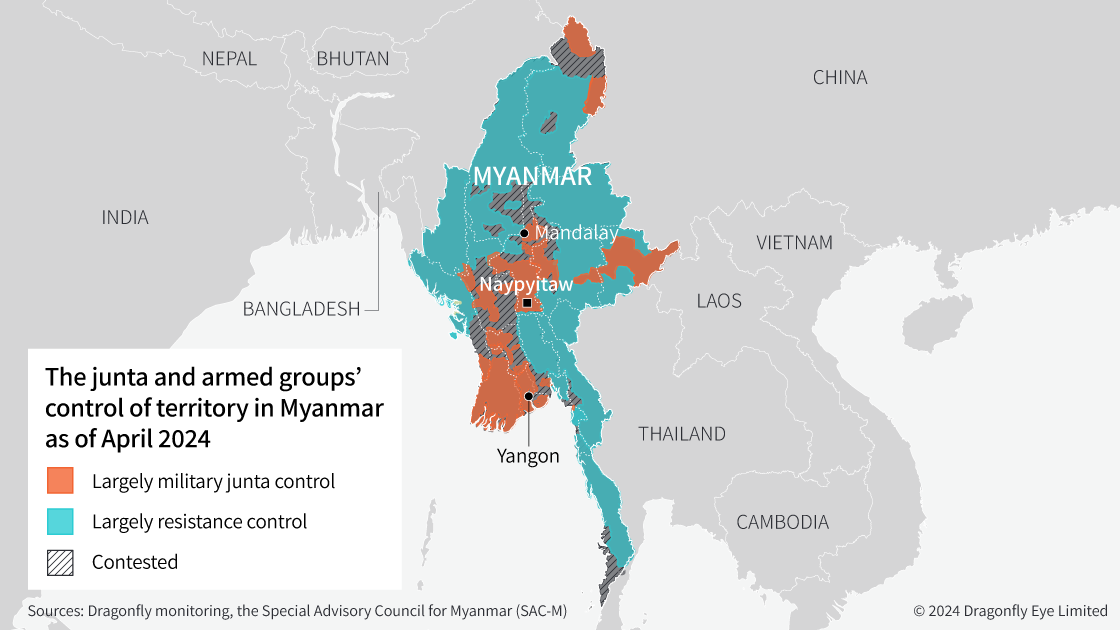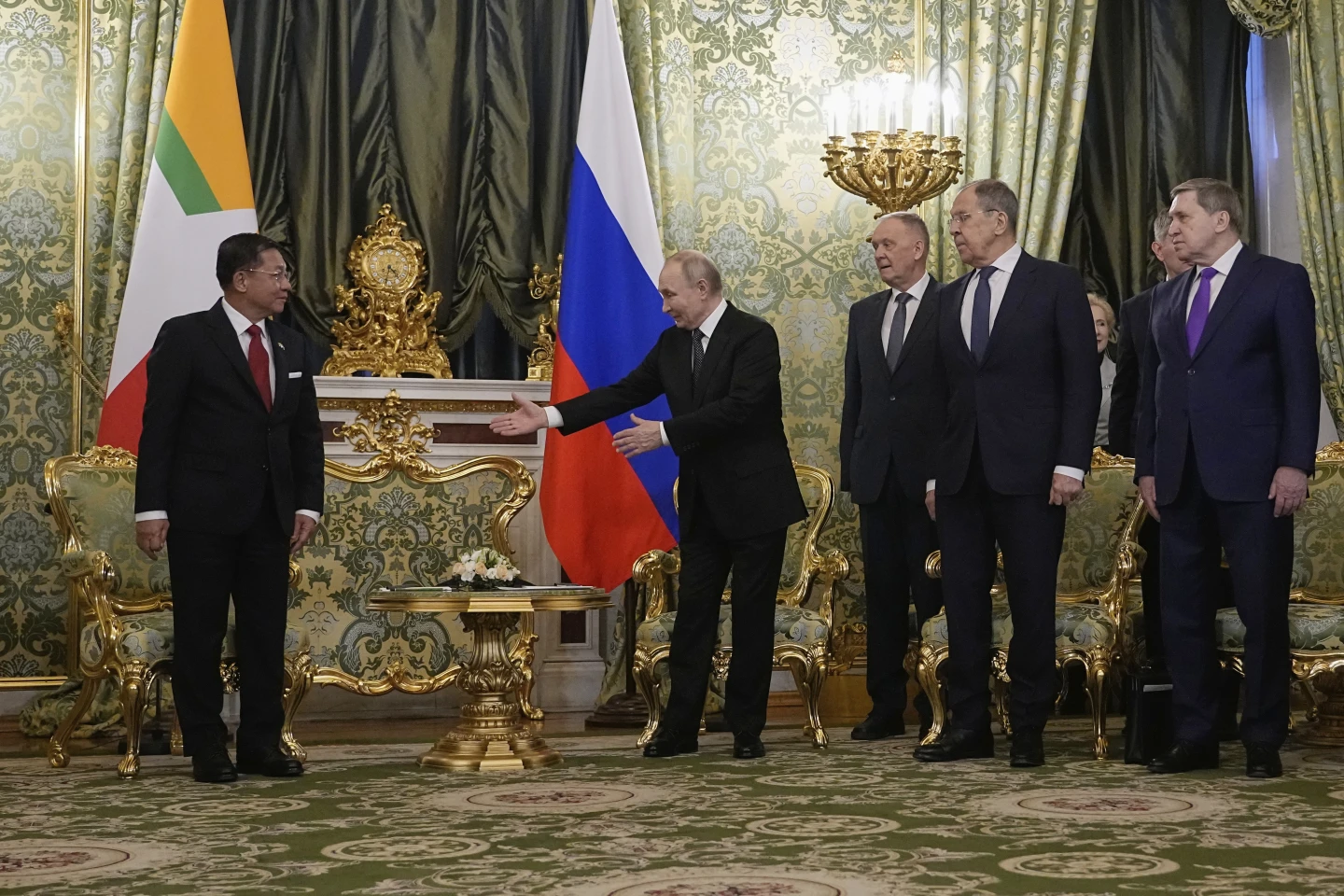
Since 2021, Myanmar has been plunged into a brutal civil war. It began when the military overthrew the democratically elected government, igniting mass protests across the country. The peaceful resistance was quickly met with violent crackdowns — bullets against banners. In response, a growing number of civilians took up arms, forming local military units known as the People’s Defence Forces (PDF), fighting alongside longstanding ethnic resistance armies. What began as a coup spiraled into a full-scale revolution.
Written by

Editor-in-Chief at Ukrainer International, co-founder of PR Army.
Now, Myanmar is a battleground of ideals and survival. Towns are razed by airstrikes, children grow up in bunkers, and artists become soldiers. The junta clings to power with Russian jets and Chinese diplomacy, while the resistance dreams of a federal democracy born from ashes. Borders blur, alliances shift, and the world watches — often in silence — as one of Asia’s most complex wars unfolds in the shadows.
Earthquake in Myanmar
On 28 March 2025, Myanmar was struck by a 7.7-magnitude earthquake. What shocked observers the most was not the immediate images of devastation — but the lack of them. The epicentre was near Mandalay, the country’s second-largest city, still under the control of the military junta, a regime never known for its transparency. Much of the country’s infrastructure remains under junta control, which routinely blocks internet access and media broadcasting, further obscuring information in areas controlled by the resistance.

Despite the lack of accessible data, the EU has already pledged humanitarian aid. Still, many fear it won’t reach those who need it most. Memories linger of 2008, when the country’s military leadership rejected international aid after Cyclone Nargis hit the country, leaving hundreds of thousands to starve or perish.
The first rescue teams were granted entry were Russian and Chinese — the two countries most complicit in arming the junta’s war against civilians.
Russia’s role in the war in Myanmar
Just a day before the earthquake, the junta celebrated Armed Forces Day, proudly describing its bombing of civilians as a “just war”. Among the guests at the lavish ceremony was Russian Deputy Defence Minister Colonel General Alexander Fomin, who was honoured with an official award.
One of the junta’s key military advantages against the resistance is aerial dominance — provided largely by Russia. Moscow has supplied the dictatorship with advanced military equipment to maintain air superiority. Even in the immediate aftermath of the earthquake, the junta used airstrikes to kill dozens of civilians.
Myanmar’s junta chief, Min Aung Hlaing, recently met with Vladimir Putin in Moscow. The two dictators praised Russia’s invasion of Ukraine and agreed that Moscow would build a nuclear power station for the junta.

Photo: AP.
The Myanmarese resistance has long fought alone, with no open military support and only rare diplomatic recognition. Since the suspension of USAID, the situation has worsened, with the EU now left as the primary supporter of Myanmar’s civil society.
While much of the world views Myanmar’s war as a distant internal conflict, Russia and China see it as a strategic battlefield. This misjudgement has been made many times, yet ignoring the war doesn’t make it go away.

